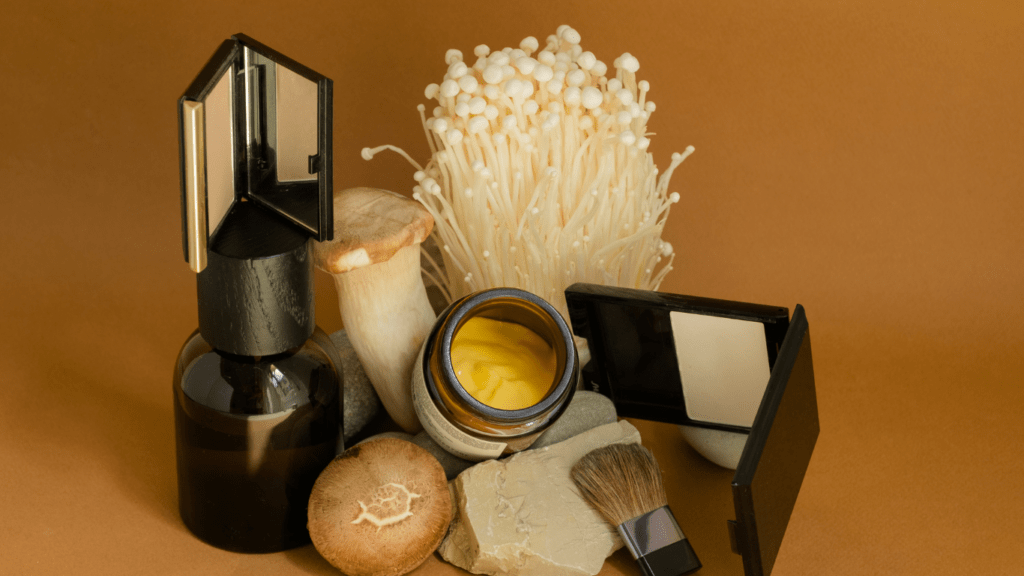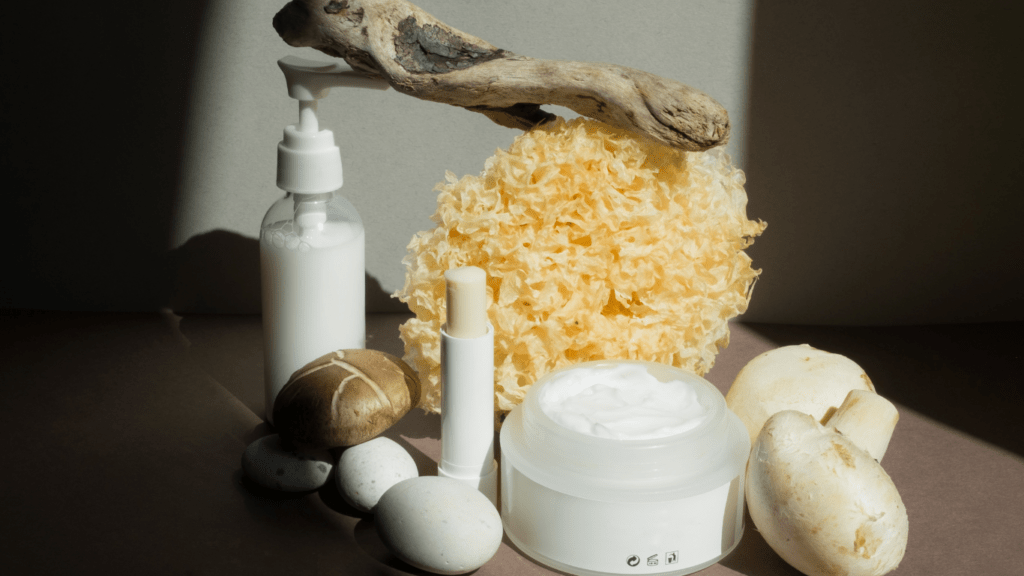Understanding Natural Beauty Products
Navigating the world of natural beauty products can be simpler once you understand the basics. Gaining clarity on what defines natural beauty products provides a solid foundation for effective shopping.
What Are Natural Beauty Products?
Natural beauty products primarily consist of ingredients sourced from nature. These products often exclude synthetic chemicals, parabens, sulfates, and artificial fragrances.
Instead, they contain plant-based extracts, essential oils, and naturally derived compounds. Brands typically emphasize sustainable and ethical sourcing.
Benefits of Using Natural Beauty Products
Using natural beauty products offers several advantages. First, they minimize exposure to harmful chemicals, reducing skin irritation and allergic reactions.
Second, many natural ingredients, like shea butter and aloe vera, provide nourishing benefits without adverse effects. Lastly, choosing natural options supports eco-friendly practices and ethical sourcing, contributing to a healthier planet.
Users often find these products offer gentler and more holistic beauty solutions.
Key Ingredients to Look for in Natural Beauty Products
Choosing the right natural beauty products involves knowing which ingredients offer beneficial properties. Here’s what to look for when scrutinizing labels.
Identifying Harmful Ingredients to Avoid
Reading labels allows me to steer clear of harmful substances. Ingredients like parabens, sulfates, phthalates, and synthetic fragrances often appear in conventional beauty products.
Parabens, used as preservatives, can disrupt hormone function. Sulfates, found in cleansers, can cause skin irritation. Phthalates, added to make products more pliable, may affect reproductive health.
Synthetic fragrances often contain undisclosed chemicals, leading to allergic reactions or skin sensitivities.
The Role of Certifications and Labels
Certifications and labels guide me towards authentic natural beauty products. Look for certifications like USDA Organic, Ecocert, and COSMOS-standard, which ensure the products meet stringent natural and organic criteria.
Labels indicating “cruelty-free,” “vegan,” and “non-GMO” offer additional guarantees on ethical and safety standards. Checking for these certifications helps avoid misleading claims, ensuring truly natural compositions in beauty routines.
How to Shop for Natural Beauty Products

When shopping for natural beauty products, paying attention to ingredients, certifications, and sources is crucial. Consider these tips to ensure you’re selecting the best products for your needs.
Online Shopping Tips for Natural Beauty Products
Shopping online offers convenience but requires careful scrutiny.
- Research Brands
Verify brands with trustworthy reviews and genuine testimonials. Visit multiple sources like social media and independent review sites to get unbiased opinions. - Read Ingredients
Check ingredient lists for natural components like aloe vera and chamomile, avoiding harmful chemicals like parabens and sulfates. - Look for Certifications
Seek products with certifications like USDA Organic and labels such as “cruelty-free”. These validate the product’s adherence to natural and ethical standards. - Check Return Policies
Review the return policy to ensure you can return products if they don’t meet expectations or if skin reactions occur.
Tips for Shopping in Stores
In-store shopping allows for tactile experiences but also necessitates certain precautions.
- Test Products
Utilize testers to check the texture, scent, and skin compatibility of products. Test on a small skin area to avoid adverse reactions. - Ask for Assistance
Consult store associates knowledgeable about natural beauty products. Their expertise can guide you in selecting items that fit your needs. - Inspect Packaging
Examine the packaging for information on ingredients and certifications. Verify claims like “organic” or “natural” by checking the detailed ingredient list. - Compare Products
Compare multiple products on the shelves to identify the best options. Assess factors like price, quality of ingredients, and brand reputation.
By following these tips, you can confidently navigate and shop for natural beauty products both online and in-store, ensuring high quality and suitability.
Maintaining a Natural Beauty Routine
Switching to natural beauty products offers numerous benefits but requires a few key steps to maintain effectively.
Incorporating Natural Products into Your Routine
Natural products should be introduced gradually. Replace one product at a time to monitor effectiveness and avoid potential skin reactions. Start with basics like cleansers and moisturizers.
Adjust usage based on your skin type. For example, oily skin benefits from products with tea tree oil while dry skin needs those with shea butter. Always patch-test new products on a small skin area.
Consistency is crucial, so establish a daily routine that includes cleansing twice a day and regular exfoliation.
Common Challenges and How to Overcome Them
Transitioning to natural products can present challenges. Some users experience skin purging, where acne temporarily worsens as skin detoxifies. Combat this by sticking to your routine without over-exfoliating.
Another challenge is finding effective substitutes for conventional products like deodorants. Solution: look for those with baking soda or magnesium. Availability might be limited.
Overcome this by buying online from trusted retailers. Cost can be higher. Save by purchasing in bulk or during sales.


 is a committed writer and environmental advocate at Eco Elegance Technique, specializing in sustainable practices, health, and wellness. With a background in environmental studies, Peter focuses on providing readers with practical advice on integrating eco-friendly habits into their daily routines. His work aims to inspire a deeper connection between personal well-being and environmental responsibility, making sustainability accessible and actionable for everyone.
is a committed writer and environmental advocate at Eco Elegance Technique, specializing in sustainable practices, health, and wellness. With a background in environmental studies, Peter focuses on providing readers with practical advice on integrating eco-friendly habits into their daily routines. His work aims to inspire a deeper connection between personal well-being and environmental responsibility, making sustainability accessible and actionable for everyone.
